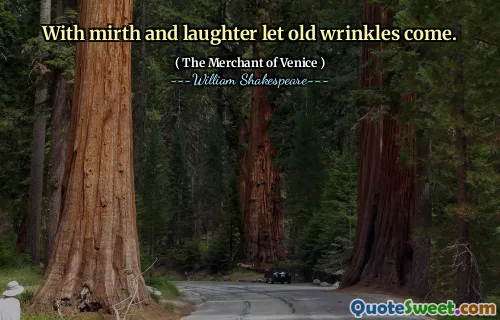
The attitude and capacity of the factory, the old metal table and the new ideas of the wooden furniture quickly and naturally suggested the possibility of metal furniture.
This quote highlights the intersection of tradition and innovation within the realm of manufacturing and design. The mention of the factory's attitude and capacity reflects underlying factors such as craftsmanship, technological readiness, and cultural mindset, all of which influence how new ideas are conceived and realized. The juxtaposition of an old metal table with new ideas about wooden furniture suggests a seamless blend of historical techniques and progressive concepts, illustrating that innovation often emerges from appreciating and building upon existing resources and knowledge. The phrase underscores that creative opportunities — like the concept of metal furniture — are not merely products of isolated inspiration but are shaped by the environment, tools, and collective mindset. In a broader context, this can be seen as a metaphor for how industries evolve: by observing, reinterpreting, and repurposing established materials and methods to create something novel. Such a process promotes sustainability and efficiency, as it encourages reimagining what is possible within technological and material constraints. It also emphasizes that innovation is a natural and rapid development when the right conditions—like an open attitude and available capacity—are in place. This perspective invites us to consider how fostering an environment of openness, experimentation, and respect for tradition can accelerate creative expression and technological advancement. Ultimately, the quote embodies the idea that progress in design and manufacturing is a continuous dialogue between the old and the new, each informing and inspiring the other to push boundaries and explore new horizons in material and form.











